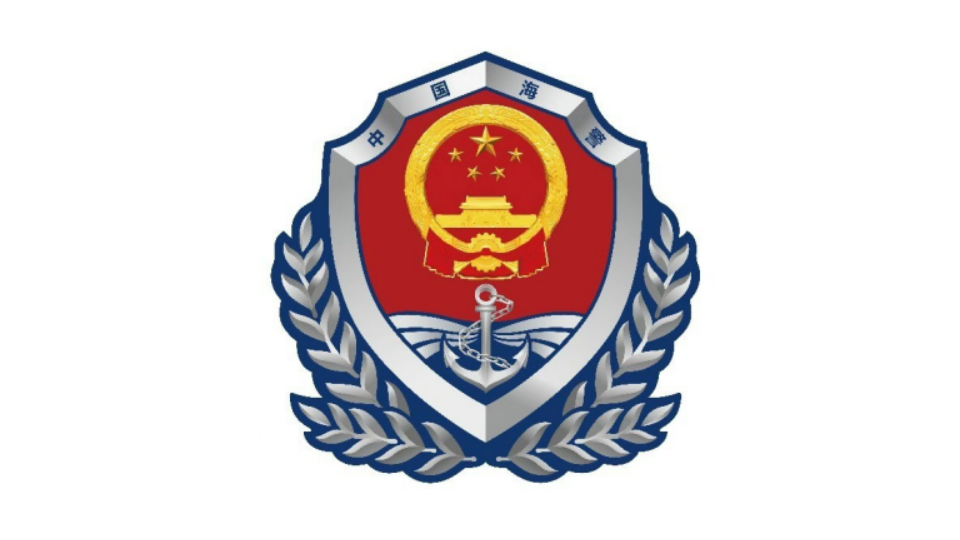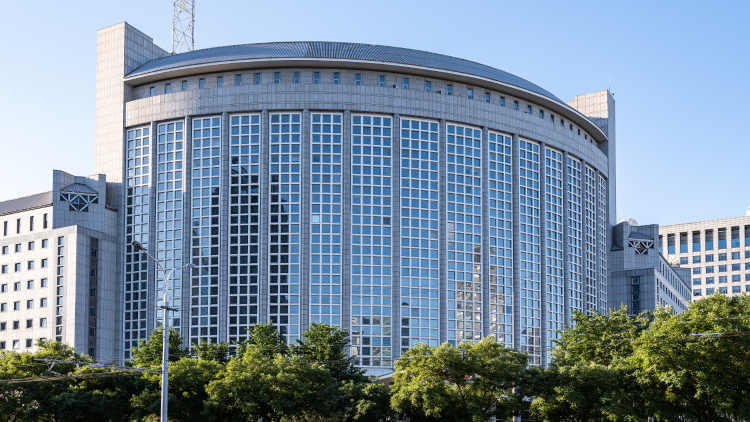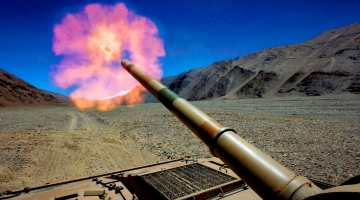By Zi Ge
子 歌
Recently, according to Japan's Kyodo News, Japanese Defense Minister Gen Nakatani revealed that Japan will invest 1.94 trillion yen (approximately $13.7 billion) to build two "Aegis system-equipped ships" as a replacement for the previously abandoned Aegis Ashore missile defense project. This project has become Japan's single-weapon development project with the largest expenditure in recent years.
近日,据日本共同社报道,日本防卫相中谷元透露,日本将投入1.94万亿日元(约合137亿美元),建造两艘“宙斯盾系统搭载舰”,作为“陆基宙斯盾导弹拦截系统计划”的替代方案。此项目成为近年日本开支最大的单项武器研制项目。
According to the report, due to protests from residents at the proposed deployment sites, the Japanese government scrapped the Aegis Ashore missile defense system in 2020. Instead, they chose large sea-based launch platforms and ordered two Aegis system-equipped ships, which are essentially new-type destroyers. In July 2024, Japan's Ministry of Defense released updated design images of the new destroyers in its 2024 Defense White Paper, confirming that Mitsubishi Heavy Industries and Japan Marine United will build the two ships, and the two ships will be delivered in 2028 and 2029 respectively.
报道称,2020年,因部署地居民抗议,日本政府放弃“陆基宙斯盾导弹拦截系统计划”,随后将部署大型海基发射平台作为替代方案,订购两艘“宙斯盾系统搭载舰”,即新型驱逐舰。2024年7月,日本防卫省在《2024年国防白皮书》中公布新型驱逐舰最新设计图,明确两艘舰由三菱重工和日本海事联合公司承建,分别于2028年和2029年交付。
At the International Defence Exhibition and Conference (IDEX) held in Abu Dhabi in March this year, US defense contractor Lockheed Martin, who is the supplier of the new destroyers' radar systems, showcased the ship's latest models and specifications. The new destroyer is 190 meters long and 25 meters wide. It has a standard displacement of 12,000 tons and a full-load displacement exceeding 14,000 tons. This far surpasses Japan Maritime Self-Defense Force's (JMSDF) current largest Maya-class destroyers, as well as similar warships from other countries. As a result, Japanese media touted it as the world's largest destroyer.
在今年3月举行的阿布扎比国际防务展上,日本新型驱逐舰雷达供应商美国洛克希德·马丁公司展示了该舰最新模型和性能参数。新型驱逐舰长190米,宽25米,标准排水量1.2万吨,满载排水量或超1.4万吨,远超日本海上自卫队现役最大的摩耶级驱逐舰,以及其他国家同类型战舰,被日媒吹捧为“全球最大驱逐舰”。
In terms of performance, the new destroyer will be equipped with the AN/SPY-7 active phased array radar, originally designed for land-based missile defense system. Theoretically, this radar can deal with both ballistic missiles and hypersonic weapons.
性能方面,新型驱逐舰装备AN/SPY-7有源相控阵雷达,该雷达原用于陆基反导系统,理论上可应对弹道导弹和高超音速武器。
In terms of weapons systems, the destroyer will be fitted with 128 vertical launch system (VLS) cells, capable of firing SM-3 Block IIA interceptors, SM-6 air-defense missiles, and compatible with Tomahawk cruise missiles and Japan's upgraded Type 12 anti-ship missiles. It has long-range strike capabilities against land and sea targets.
武器系统方面,舰上共有128个垂直发射单元,可发射“标准”-3BlockⅡA拦截弹、“标准”-6防空导弹,并兼容“战斧”巡航导弹、日本12式反舰导弹改进型,具备对陆、对海远程打击能力。
Although Japan has high hopes for the new destroyer, it is hard to conceal the many issues.
虽然日本对新型驱逐舰寄予厚望,难以掩盖其存在的诸多问题。
First, the core AN/SPY-7 radar is extremely large, resulting in an oversized hull and reduced maneuverability, making it less suitable for high-intensity naval combat environments.
首先,其核心装备AN/SPY-7有源相控阵雷达体积庞大,致使舰体大型化,机动性受到影响,难以适应高烈度海战环境。
Second, the ship's key components and technologies are heavily dependent on the US. Its radar systems, VLS cells, and munitions are all sourced from the US, which means Japan's operational capability and future upgrades are controlled by the US.
其次,该舰核心部件和技术高度依赖美国,雷达系统、垂直发射单元、弹药等均从美国采购,使日本在作战能力发挥和后续升级上,受制于美国。
Analysts believe that Japan's substantial investment in these new destroyers reflects an ambition that should not be underestimated.
有分析认为,日本耗费巨资打造新型驱逐舰,背后野心不容小觑。
The new destroyer is designed to intercept ballistic missiles and can be deployed in the waters near Japan and key waterways for a long time, with long-range strike capabilities. With the expected retrofitting of the Izumo-class helicopter destroyer, the new destroyers may form a blue-water fleet with it for extended overseas operations. This seriously violates the "exclusively defense-oriented policy" of Japan's peace constitution, marking a dangerous step in Japan's path toward military expansion.
新型驱逐舰以执行弹道导弹拦截任务为核心,能够长期部署于日本近海及关键航道,具备远程打击能力。未来,随着出云级直升机驱逐舰改造完成,新型驱逐舰或与其组成海上作战编队,执行远洋作战任务,此举严重违背和平宪法“专守防卫”原则,标志着日本在军事扩张道路上迈出危险一步。
In addition, the AN/SPY-7 radar system is deeply integrated with the US military's Cooperative Engagement Capability (CEC) network, enabling real-time data sharing with US early warning systems. Japan aims to turn these ships into maritime outposts within the US missile defense network in the Asia-Pacific region, further embedding itself into the US military's combat system to enhance its strategic value and seek advanced military technology support.
此外,AN/SPY-7雷达深度接入美军协同交战系统,可实时接收美军预警数据。日本意图将该舰打造为美国在亚太地区反导网络的海上前哨,并借此深度嵌入美军作战体系,强化自身战略价值以获取军事技术支持。
Japan's action is an offensive military buildup under the guise of defense. It aims to achieve a breakthrough in military capabilities. This move undoubtedly poses new risks and challenges to regional security and stability, warranting close international attention and vigilance.
日本此举本质是披着防御外衣的进攻性军事布局,旨在实现军事力量突破性发展,无疑将给地区安全稳定带来新的风险和挑战,值得国际社会高度关注和警惕。













